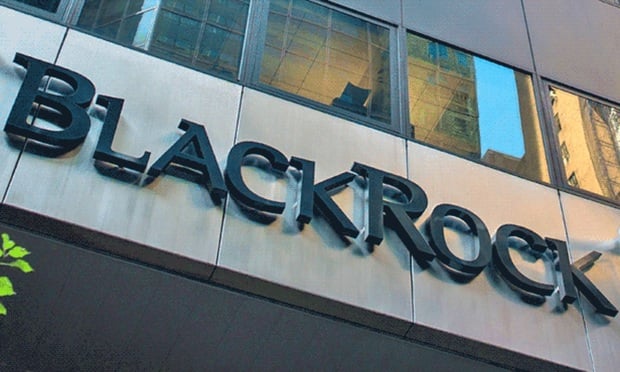 Real 401(k) heroes understand they must first identify the problem before they can swoop in to save the plan sponsor's day. (Photo: Shutterstock)
Real 401(k) heroes understand they must first identify the problem before they can swoop in to save the plan sponsor's day. (Photo: Shutterstock)
Would you like to be the 401(k) hero? It's not that hard. Just discover what your audience wants but can't figure out how to get, then give it to them.
OK, this is really a two-step process. Too often wannabe heroes focus in on a specific solution, then seek a suitable problem to match it up to. Sorry, but that's putting the cart before the horse. Real heroes understand they must first identify the problem before they can swoop in to save the day.
How does one discover problems that perplex 401(k) plan sponsors? The fastest route to finding out would be to determine what questions they're asking. Now, truth be told, many executives don't like to ask questions. It tends to reveal their vulnerabilities. Instead, they look for answers. How do they look for answers? By reading. What do they read? Trade journal articles.
If you want to understand the questions 401(k) plan sponsors sought answers to 2018, look at the articles they were reading (see “Top 5 FiduciaryNews.com Stories in 2018 for the 401k Plan Sponsor and Fiduciary,” FiduciaryNews.com, December 18, 2018). It turns out, this reveals something fascinating about both the retirement plan environment during 2018 and the state of mind of those with fiduciary responsibilities.
In looking at the most popular articles, we see several themes. More so than in past years, there has been an interest in fiduciary liability, specifically, ways to diminish or avoid it. What might have precipitated this elevated attention?
Clearly it was the death of the DOL's now-vacated fiduciary rule that created an uncertainty that the retirement plan industry had not seen in years. It opened up a series of “I don't know” questions that ranged from the potential downside of accepting “no-fee” mutual funds to liabilities associated with self-dealing transactions.
It was as though people believed that, without the fiduciary rule, the rules of fiduciary had change. In fact, they hadn't. The fiduciary rule didn't really change the fundamental duties of a fiduciary. It only added some additional procedures to the already definitive checklist. For whatever reason, a fear rose that the entire checklist was now null and void.
So plan fiduciaries spent the latter half of 2018 searching for the new checklist. They were looking for a simple and easy guidebook for the new post-fiduciary rule world. You can see this in their interest in such articles that list the top “concerns,” “rules,” and “blunders to avoid.” These stories provided some sense of answers to questions on the forefront of 401(k) plan sponsors' minds.
Ironically, one of the top articles addressed questions plan sponsors should be asking “but sometimes don't.” This revealed the very depths of doubt in the industry.
Looking forward to 2019, it's likely the quest to find answers will continue. The SEC's Regulation Best Interest only adds to industry uncertainty. It will only be when we begin to see actual cases that surety will return to the retirement plan arena.
Until then, 401(k) plan sponsors will continue to reward the heroes that give the answers to the questions they're not asking, but should.
© Touchpoint Markets, All Rights Reserved. Request academic re-use from www.copyright.com. All other uses, submit a request to [email protected]. For more inforrmation visit Asset & Logo Licensing.






